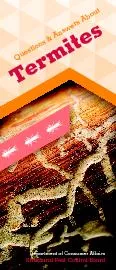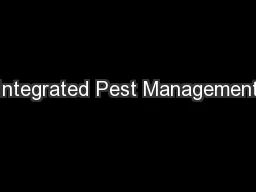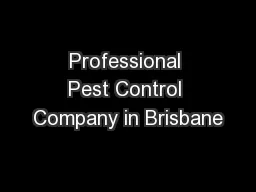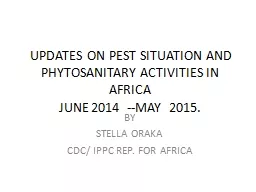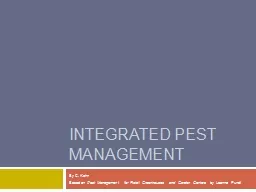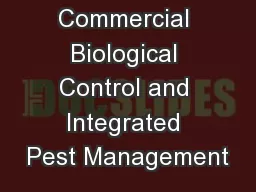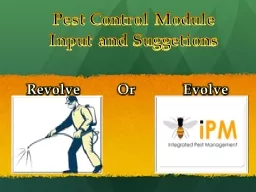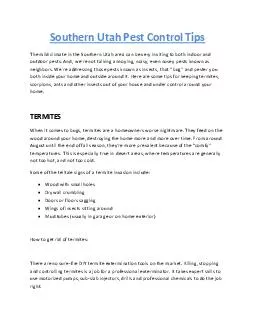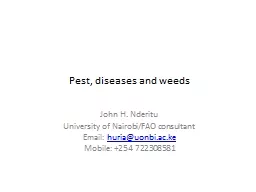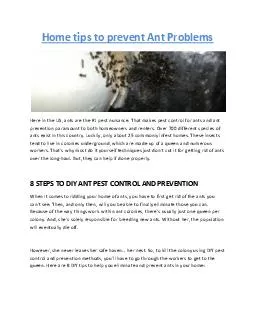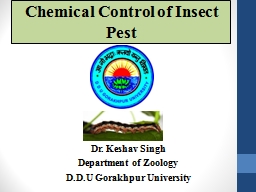PDF-Department of Consumer AffairsStructural Pest Control BoardTermitesQue
Author : mitsue-stanley | Published Date : 2015-08-15
The Structural Pest Control Board SPCB licenses and regulates businesses and individuals for pest control Licensees must meet minimum qualications and levels of
Presentation Embed Code
Download Presentation
Download Presentation The PPT/PDF document "Department of Consumer AffairsStructural..." is the property of its rightful owner. Permission is granted to download and print the materials on this website for personal, non-commercial use only, and to display it on your personal computer provided you do not modify the materials and that you retain all copyright notices contained in the materials. By downloading content from our website, you accept the terms of this agreement.
Department of Consumer AffairsStructural Pest Control BoardTermitesQue: Transcript
Download Rules Of Document
"Department of Consumer AffairsStructural Pest Control BoardTermitesQue"The content belongs to its owner. You may download and print it for personal use, without modification, and keep all copyright notices. By downloading, you agree to these terms.
Related Documents

